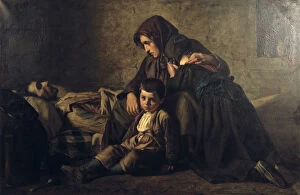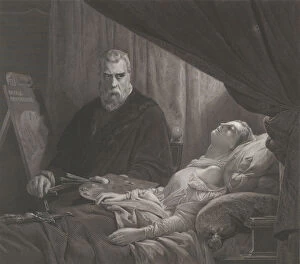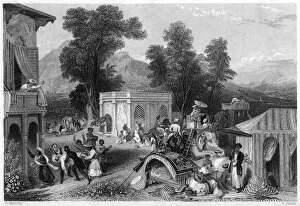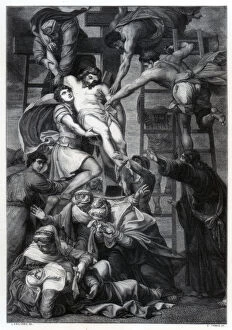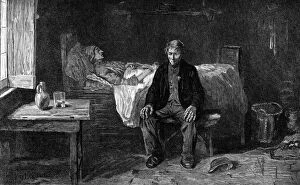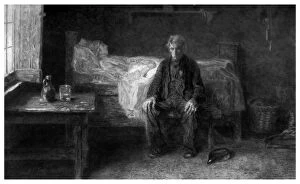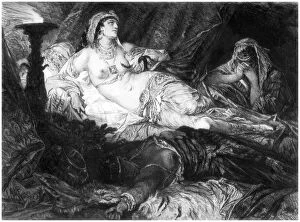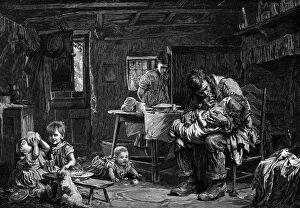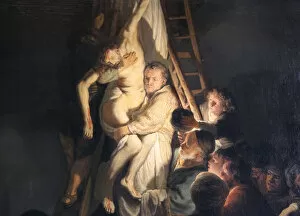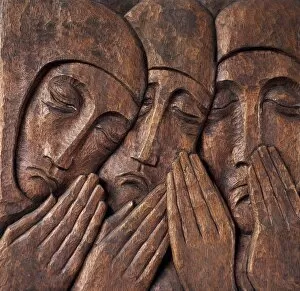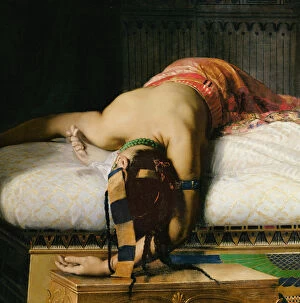Griefstricken Collection
"Griefstricken: A Journey Through the Depths of Sorrow" In this poignant collection of artworks from various periods
For sale as Licensed Images
Choose your image, Select your licence and Download the media
"Griefstricken: A Journey Through the Depths of Sorrow" In this poignant collection of artworks from various periods, we delve into the realm of grief and its profound impact on the human spirit. Each piece captures a different facet of sorrow, evoking emotions that resonate deeply within us. The first painting, an untitled masterpiece by Jean Pierre Alexandre Antigna, transports us to the mid-19th century. The somber hues and melancholic brushstrokes mirror the artist's own grief as he immortalizes his pain on canvas. Next, we encounter two engravings that pierce our hearts with their raw intensity. "Empale. " depicts a tragic fate met by an unknown soul, while "A Smugglers End" portrays a life cut short in pursuit of forbidden desires. These haunting images remind us of how grief can be intertwined with regret and remorse. Moving forward in time, Achille-Louis Martinet's rendition of Tintoretto at His Daughters Deathbed takes our breath away. The anguish etched upon Tintoretto's face speaks volumes about the inconsolable loss he experiences as a father mourning his child. "The Death of Sir Lancelot, " painted in 1911, captures another form of grief – one born out of betrayal and shattered ideals. This powerful artwork reminds us that even heroes are not immune to heartbreak and despair. Shakespeare's timeless tragedy King Lear offers Act 5 Scene 3 as our next glimpse into sorrow's depths. As Lear cradles his beloved daughter Cordelia in his arms, we witness a father consumed by unimaginable anguish over her untimely demise. J Sands' depiction of the "Death of Bishop Heber" transports us to India in 1826. Through skillful brushwork, Sands conveys both reverence for life lost and profound sadness for those left behind to mourn their spiritual leader.

